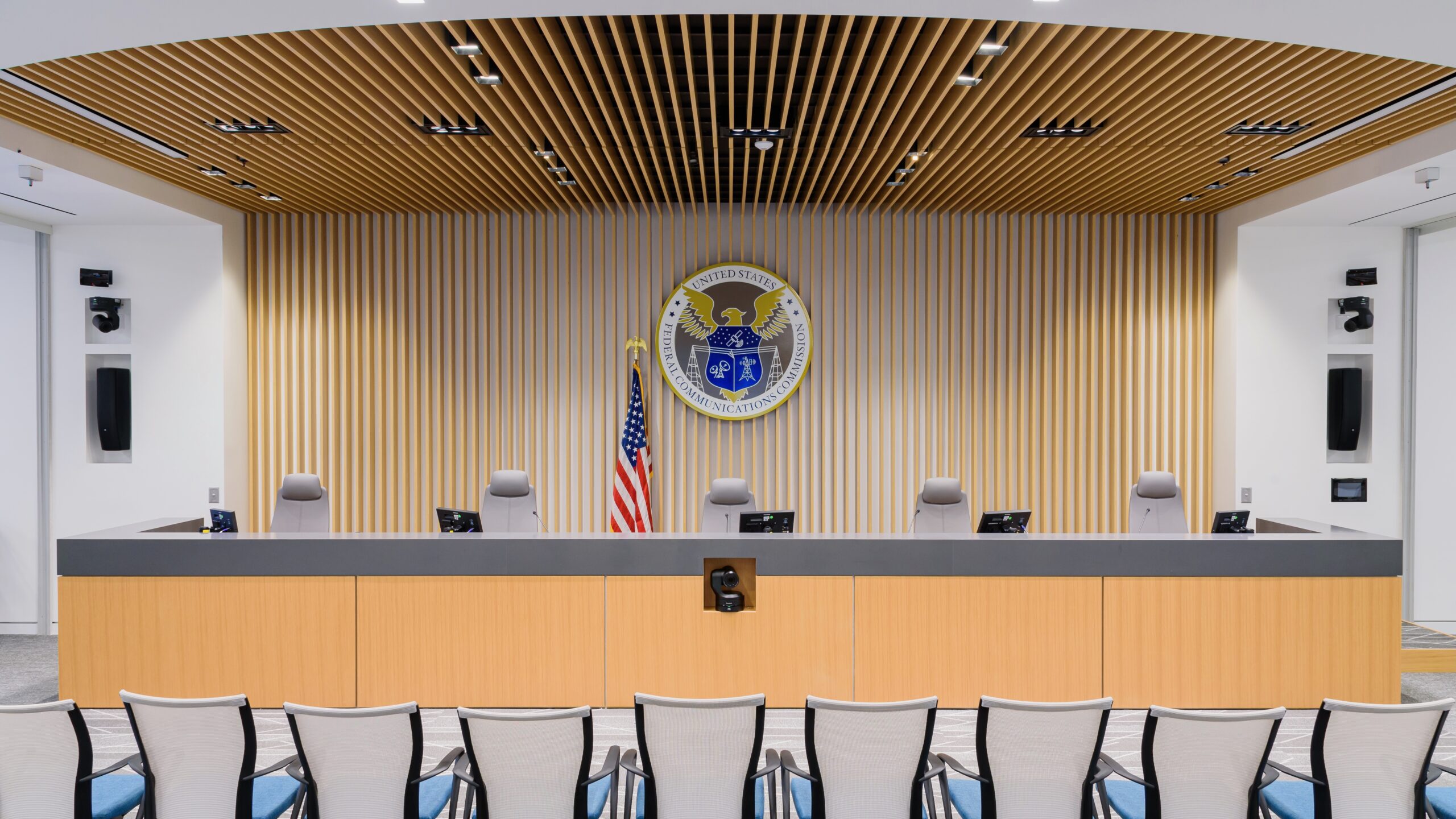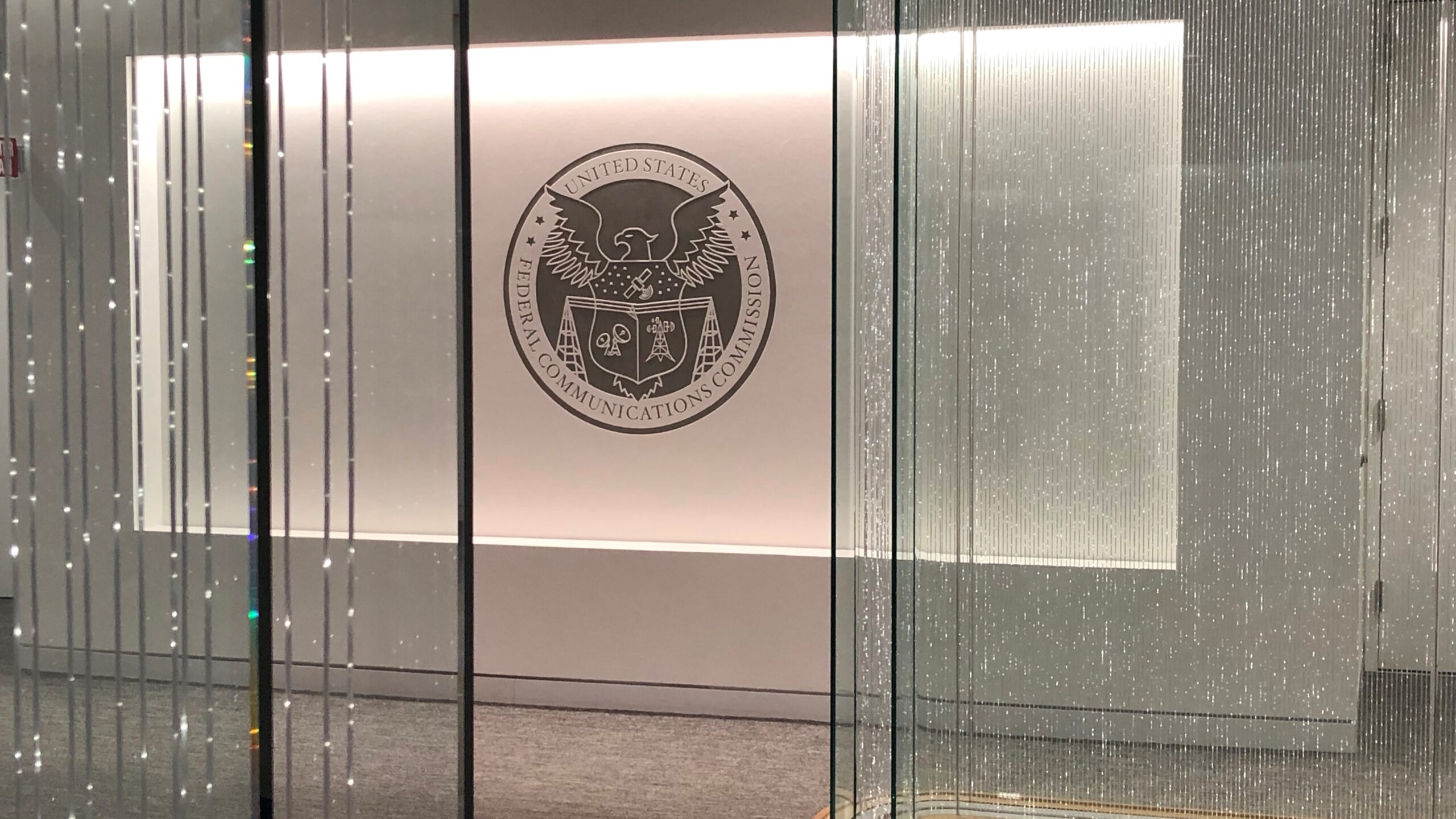Temporary Commission on Alternative Financing, 1993
The Temporary Commission on Alternative Financing for Public Telecommunications (TCAF) delivered its recommendations to Congress on Oct. 1, 1983, after extensive research, including an Advertising Demonstration Program at a number of public TV stations. Documents below:
- Letter of transmittal
- Membership of TCAF
- Executive Summary
Chairman’s letter of transmittal
To the Congress of the United States:
In accordance with Congress’ direction in the Public Broadcasting Amendments Act of 1981, Public Law Number 97-35, the Temporary Commission on Alternative Financing for Public Telecommunications hereby submits its Final Report.
This report describes the Advertising Demonstration Program in which selected public television stations experimented with the carriage of limited advertising. The report includes findings, conclusions, and recommendations to Congress concerning the financing of public broadcasting. The separate statement of the National Telecommunications and Information Administration is included in this volume. A separate volume of appendices includes a more detailed description of the methodology and results of the demonstration program, as well as additional supporting materials.
I greatly appreciate the dedication and spirit of cooperation exhibited by all the members of the Temporary Commission. Contributions of members’ staff and resources were essential to completion of the report. I particularly wish to thank the public television stations that participated in the demonstration program as well as those other stations that compiled and reported essential financial and programming information on a very short timetable so that the Commission could meet its statutory deadline.
I hope and trust that this report will be a significant aid to Congress as it considers the vital issues affecting the future of public broadcasting.
Respectfully submitted,
James H. Quello
Chairman
Members of the Commission
| JAMES H. QUELLO Commissioner Federal Communications Commission RON BORNSTEIN FREDERICK BREITENFELD BRUCE L. CHRISTENSEN ERNEST F. HOLLINGS WILLIAM H. KLING |
ROBERT W. PACKWOOD United States Senator EDWARD J. PEISTER KENNETH ROBINSON AL SWIFT THOMAS J. TAUKE |
Executive Summary
Congress charged the Temporary Commission on Alternative Financing for Public Telecommunications to explore financing options to maintain, enhance, and expand public broadcast services to the American people. As part of its responsibility, the Temporary Commission oversaw an experiment in which some public television stations were permitted to broadcast advertisements under restricted conditions.
This Final Report of the Temporary Commission considers the context in which funding decisions for public broadcasting must be made, describes the Advertising Demonstration Program, and presents the following conclusions and recommendations to Congress:
Conclusions of the Temporary Commission
A. Public broadcasting clearly has the potential to maintain, enhance, and expand the reach of its services, as suggested in the Temporary Commission’s mandate from Congress.
Public broadcasting’s services are now available to virtually all of the American people without subscription fee. More than half of American families actually use public broadcasting’s services weekly and audiences are growing, helped in part by cable distribution of local broadcast signals. In addition, the public’s regard for public broadcasting services, as evidenced by opinion polls, is high.
B. Significant increases in revenue are essential if public broadcasting is to be maintained, enhanced, and expanded.
Despite growing audiences, public broadcasting’s buying power barely grew in the period 1978-1982. For public television, losses in purchasing power from government and foundation sources offset rapid gains in business and individual giving, causing total buying strength to decline. Buying power for the public radio system increased somewhat over the five-year period, but expansion in national coverage (encouraged by Congress in 1978) absorbed purchasing-power gains for individual public radio licensees. Substantial federal budget cuts at the end of this period intensified reliance on voluntary sources of income for both systems. Financial shortages led to program production, staff, and equipment cuts in public broadcasting.
C. Venture activities will not become a substantial source of system-wide revenue in the foreseeable future.
Auxiliary business ventures are increasingly employed by public broadcasters. However, they have produced little discretionary income for public service purposes. Venture activities may provide helpful revenues for certain stations, but they are not expected to generate substantial net revenues system-wide.
D. Limited advertising could be a significant supplemental business revenue source for certain public television stations. However, many public broadcast stations would not carry advertising, and the significant financial risks associated with advertising cannot be quantified in advance. Further, these risks could extend to public broadcasting stations — both television and radio — that decide not to air limited advertising.
The Advertising Demonstration Program showed that limited advertising added significant net revenues to participating television stations’ budgets under conditions where unions and copyright holders waived the right to renegotiate existing agreements. The demonstration program also discovered no negative impact on viewing patterns, numbers of subscribers, or contributions except that the data did raise a question concerning a possible adverse impact on the average contribution per subscriber. Also, under the conditions of the experiment, the Commission found no advertising-related effects on programming.
Most public television stations would not carry advertisements because of legal restrictions, local economic considerations, or concerns about advertising’s impact on the character of public broadcasting. Advertising benefits would most likely accrue mainly to VHF stations in major markets and other stations well-situated to compete for advertising dollars. While this could generate capital for development of new programs, it appears that at least sane of the risks associated with permitting limited advertising could not be restricted solely to the advertising stations. Relatedly, while the demonstration program allayed the worst concerns about the impact of advertising on other funding sources for public broadcasting, no experiment could show that offsetting reductions of subscriber, underwriter, or legislative support world not result eventually due to the presence of advertising.
Should Congress choose to authorize limited advertising, options for mitigating some potential effects include:
- Limiting duration and placement of advertisements;
- Ensuring continued diversity of funding sources in order to sustain programming independence;
- Maintaining compulsory licensing of copyrighted material for stations airing limited advertisements;
- Clarifying tax policy by specifying that all public station expenses could be deducted from any advertising revenue.
The demonstration program helped to define the costs and benefits associated with limited advertising, but only narrowed the range of uncertainty. The results of the demonstration program do not answer the question of whether authorization of limited advertising ultimately could produce gains for public broadcasting that would outweigh its costs. Despite the uncertainties, however, the Temporary Commission does conclude that at this Despite the benefit that some public broad casting stations might gain additional revenues from the authorization of limited advertising does not balance the potential risks identified in this report. In sum, the demonstration program indicated that potential revenues from advertising are limited in scope, while it did not show that significant risks to public broadcasting clearly would be avoidable.
E. Broadened guidelines for on-air credits for program underwriting (or general support grants) would provide additional revenue for public broadcasting.
The demonstration program showed that expanded underwriting credits generated additional revenues for participating stations. Gross revenues for individual stations would be substantially less than for limited advertising; however, acceptance of revised guidelines among public broadcasting stations would be far broader, and thus it is much more likely that expanded credits could be associated with nationally distributed programming. Additionally, expanded underwriting credits would pose fewer risks to other cost areas.
F. Balance and diversity in funding sources are essential to the unique character of public broadcasting services. Federal support stimulates other sources of revenue and is an indispensable part of public broadcasting’s financial base.
Public broadcasting relies on a mixture of private voluntarism, discretionary government appropriations, and relatively minor earned-income devices. Federal support helps maintain the crucial balance in funding sources which is essential to maintaining the unique character of public broadcasting. Federal support, through matching incentives, stimulates other sources of revenue. Also, when it provides stable funding, federal support permits the long-term investment necessary for production of quality programs. While public broadcasting has become increasingly self-sufficient and should continue actively to pursue such a course, there is no substitute for continued federal support.
Recommendations to Congress
1. Renew public broadcasting’s authorizing legislation for a minimum of three years (1987-1989) and maintain the advance appropriations procedures that afford insulation and aid program planning.
2. Set a target level of federal funding during this period that provides a strong base that allows public broadcasting to maintain, expand and enhance the reach of its services.
3. Structure federal funding so as to provide the optimum incentive for local stations to generate nonfederal funds.
4. Continue the existing prohibition on advertising unless it can be established clearly that:
- Overall benefits to public broadcasting will exceed the costs; and
- Stations that do not choose to carry limited advertising will not share the risks associated with advertising while not receiving direct benefits.
5. Further stimulate nonfederal revenue sources through the following actions:
A. Direct the Federal Communications Commission to modify its policies concerning underwriting acknowledgments to permit public broadcasters to identify supporters by using brand names, trade names, slogans, brief institutional-type messages, and public service announcements.
B. Repeal the unrelated business income tax penalty incorporated in the Public Broadcasting Amendments Act of 1981 and direct the Corporation for Public Broadcasting to make refunds to stations that have returned money as a result of this provision.
C. Reinforce support for regulatory policies that promote the effective distribution of public broadcast signals.





